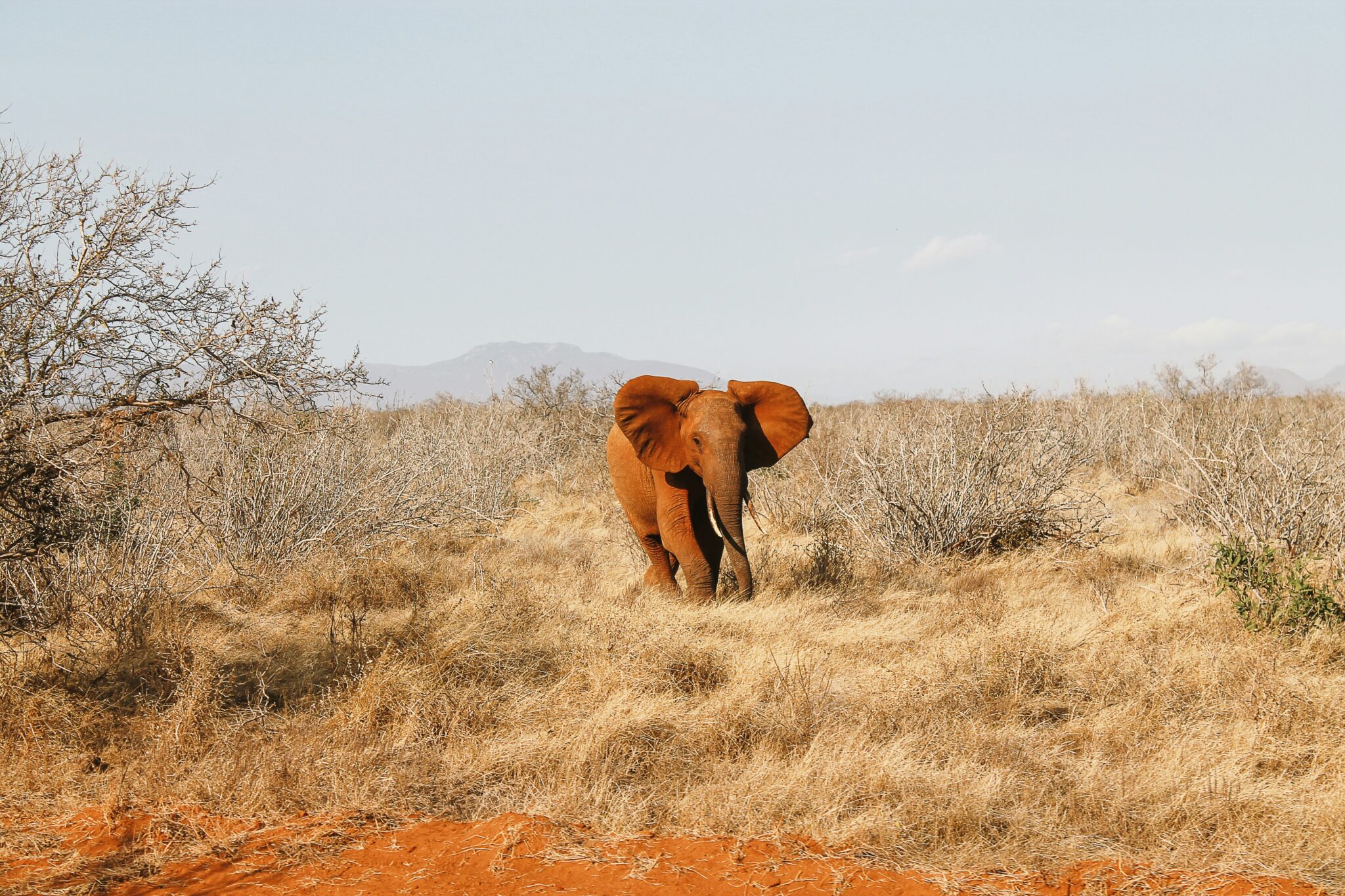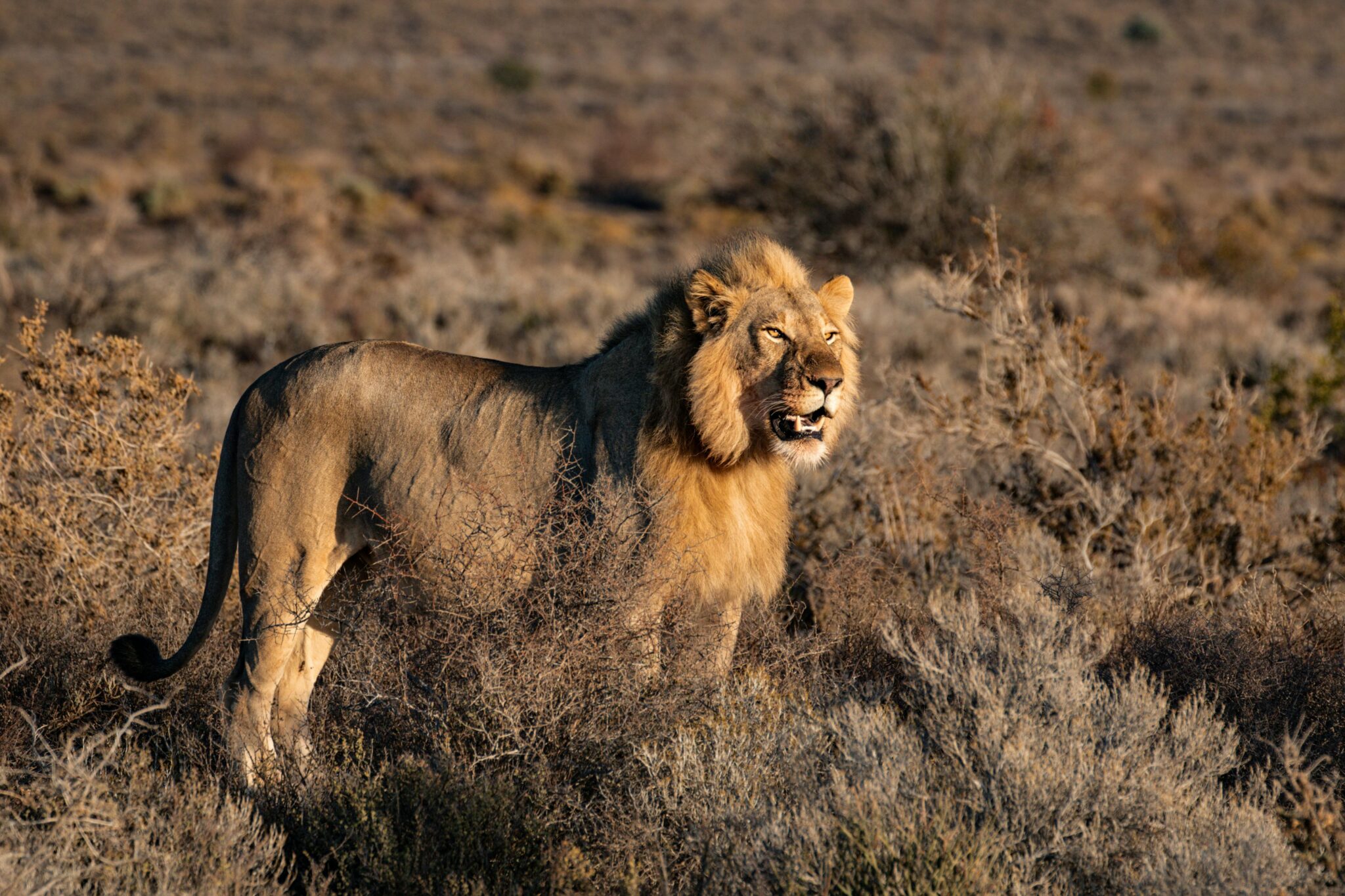
Experience Tanzanian Wild Side
Discover the Untamed Beauty of Tanzanian Wilderness
Embark on thrilling safaris across Tanzania’s most stunning reserves, where untouched landscapes and diverse wildlife await.
Tanzanian Safari Experiences
Journey Through Tanzania’s Wild Treasures
Journey through Zanzibar’s untouched landscapes, where safaris blend the thrill of wildlife encounters with the serenity of pristine nature. Each reserve offers unique experiences, from the lush Ngorongoro Crater to the expansive Selous Game Reserve, making every adventure memorable.

Nyerere National Park
The land of the Mighty Rufiji
Nyerere National Park is Africa’s largest national park, covering 30,893 km² and hosting one of the world’s highest concentrations of wildlife.
It is home to a wide variety of species, including the famous “Big Five” and rare antelope species such as the roan antelope, Nyasaland wildebeest, and greater kudu. The park is shaped by southern Tanzania’s unimodal rainfall, with short rains in November and December, followed by long rains from March to May.
Key attractions in Nyerere include the opportunity to see the Big Five, large populations of elephants and hippos, the Rufiji River teeming with wildlife, and the largest population of African wild dogs. The park’s landscapes are stunning, featuring floodplains, forests, and waterways.
The Rufiji River is the largest in East Africa and runs through the northern part of the park, creating a beautiful landscape with swamps and wetlands. It’s home to abundant hippos and Nile crocodiles, providing dramatic wildlife encounters. Nyerere is also a haven for African wild dogs, offering a rare chance to see this endangered species. During the wet season, Nile crocodiles prey on catfish, while in the dry season, they hunt animals coming to drink.
With over 440 bird species recorded, the park boasts a diverse avifauna, including rare species like the Pel’s fishing owl. The park also features numerous rare antelopes and large populations of buffalo, making it a unique and breathtaking wildlife destination.

Serengeti National Park
Home to the world's last remaining large mammal migration
The Maasai called Serengeti “Siringet,” meaning “endless plains,” which perfectly captures the essence of this iconic park.
Serengeti is renowned not only for the annual migration of over 1 million wildebeest but also for its stunning landscapes and diverse wildlife. It is home to the world’s largest populations of wildebeest, zebras, eland, lions, cheetahs, hyenas, and gazelles. The park’s subtropical climate features a rainy season from November to April and a dry season from May to October, making it a remarkable destination year-round.
A UNESCO World Heritage site and Biosphere Reserve, Serengeti offers unparalleled attractions, including the Great Migration, the Big Five, rare species, a high concentration of both carnivores and herbivores, and breathtaking landscapes. The Great Migration, involving 1.3 million wildebeest and thousands of zebras, impalas, and gazelles, is a once-in-a-lifetime spectacle.
The Serengeti also boasts the highest concentration of carnivores, particularly the big cats—lions, leopards, cheetahs—and spotted hyenas. Visitors can witness these predators hunting and engaging in territorial battles, creating unforgettable experiences. The park is home to over 28 species of herbivores, including buffalo, wildebeest, zebras, and giraffes, filling the plains with life.
Serengeti is one of the last refuges for the endangered black rhino and African wild dog. It also serves as an important bird-watching destination, with over 530 species recorded, including migratory birds like the European stork and Eurasian swift. The park is culturally rich, home to tribes such as the Maasai, Sukuma, and Ikoma, with historical sites like Maasai rock paintings and Ikoma ruins.
The park’s scenic landscapes, with vast plains, rolling hills, and Kopjes islands, add to its UNESCO World Heritage status. Additionally, during the rainy season, wildflowers and butterflies bloom, offering a unique experience for botanists and entomologists.

Tarangire National Park
The Elephant Paradise
Tarangire National Park is a prime safari destination with diverse landscapes, large elephant herds, and abundant wildlife, especially around the Tarangire River during the dry season. It’s a great spot for birdwatching and game viewing.
Tarangire National Park, located in the Manyara region, is named after the Tarangire River that flows through it, providing a vital water source for wildlife during the dry season. Covering 2,850 square kilometers (1,100 square miles), the park features a diverse landscape of granite ridges, river valleys, and wetlands, with vegetation that includes acacia woodlands, Combretum forests, seasonal floodplains, and baobab trees.
The park experiences a bimodal rainfall pattern, with short rains from October to December, long rains from March to May, and a dry season from June to October and January to February. Temperatures can reach 38°C in January and February, but drop to 15°C in July. Tarangire is renowned for its high concentration of wildlife, especially around the river, attracting large herds of elephants, eland, giraffes, buffalo, cheetahs, leopards, and zebras. Visitors can also see mongoose colonies living in abandoned termite mounds.
Tarangire is one of the best places to observe elephants in their natural habitat, from young calves to powerful bulls. The iconic baobab trees, some over 3,000 years old with trunks up to 30 meters in circumference, add to the park’s charm and history.
The Tarangire River, fed by seasonal streams from the park’s eastern and southeastern areas, flows northward through the park and into Lake Burunge. The river and its associated wetlands, such as Silale, Gurusi, and Larmakau, are crucial for migratory animals during the dry season, creating prime wildlife viewing opportunities.
Birdwatchers will find Tarangire exceptional, with over 550 species recorded, including many threatened or endemic species. The park’s acacia woodlands, wetlands, and floodplains along the Tarangire River host colorful and breeding birds like the African hornbill, secretary bird, open-billed stork, and crowned crane.
Termite mounds, made from subterranean soil and bound by termite saliva, are scattered throughout the park and serve as observation points for animals. When abandoned, they provide shelter for dwarf mongooses, pangolins, snakes, and herons.

Lake Manyara National Park
The home of the climbing lions
The park is famous for its diverse wildlife, including tree-climbing lions, flamingo-filled lakes, and unique hot springs, set against the stunning Rift Valley escarpment. It’s a prime destination for birdwatching and safari adventures.
The Lake Manyara National Park is renowned for its lush vegetation, including tall groundwater forest trees, tree-climbing lions, a soda lake inhabited by thousands of flamingos, large waterbirds, baboon troops, and blue monkeys, all set against the backdrop of the Rift Valley escarpment. Named after the Euphorbia Tirucalli plant, or Emanyara in Maasai, the park spans 648.7 km². It experiences a bimodal rainfall season and hosts diverse wildlife such as elephants, buffalo, hippos, lions, leopards, and giraffes. The park is also a birdwatcher’s paradise, with over 390 species, including flamingos and pelicans. The hot springs, heated by volcanic activity, offer a unique natural experience.

Saadani National Park
Where the savannah meets the ocean
Saadani is the Tanzania’s only coastal national park, where wildlife meets the Indian Ocean.
Saadani National Park offers a unique experience where beach life meets wildlife, with opportunities for ocean immersion after a safari. Established in 2005, the park spans 1,100 km² and combines a rich history with diverse ecosystems, including mangroves, beaches, and savannas. It’s home to abundant wildlife such as elephants, giraffes, lions, hippos, crocodiles, and a variety of bird species, including migratory shorebirds. The park is also a vital nesting site for green turtles. The Wami River and its estuary offer a unique setting for viewing large wildlife and birdwatching, with the best time to visit during the dry season.

Mikumi National Park
Wildlife at a glance
Mikumi National Park offers an easily accessible safari experience with abundant wildlife, diverse landscapes, and excellent birdwatching, making it a great option for short trips near Dar es Salaam.
Mikumi National Park, located near Dar es Salaam, is one of Tanzania’s most accessible and popular safari destinations, offering a true taste of African wildlife. The park is home to a wide variety of animals, including elephants, lions, giraffes, leopards, and zebras, which are easily observed due to the park’s open savannah landscape. This includes acacia trees, baobabs, and tamarinds, as well as seasonal wetlands that attract large herds of buffalo, elephants, and other animals, especially during the dry season when water sources like the Mkata River become crucial. Mikumi shares an ecosystem with the larger Nyerere National Park, allowing for animal migration between the two parks. The park is also known for its incredible birdlife, with over 400 species, including large birds of prey and colorful sunbirds. The park features a range of habitats, from floodplains to miombo woodlands, and the Afro-montane forests of the Malundwe Mountains, providing a rich experience for nature lovers year-round.

Ngorongoro Conservation Area
Fauna and culture in the heart of the crater
Explore the Ngorongoro Crater, a breathtaking natural wonder teeming with wildlife, set in the heart of a volcanic caldera.
The Ngorongoro Conservation Area is one of Africa’s most iconic safari destinations, centered around the world-famous Ngorongoro Crater. This ancient caldera is a haven for wildlife, including the Big Five, and offers stunning landscapes unlike any other. From the crater floor to the surrounding highlands, the area’s unique ecosystem supports an incredible diversity of species, making it a must-visit for nature lovers.
The right of settlement here is recognised for the Masaai communities.
